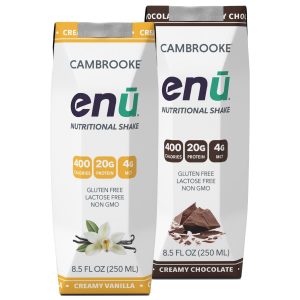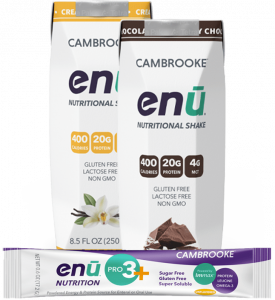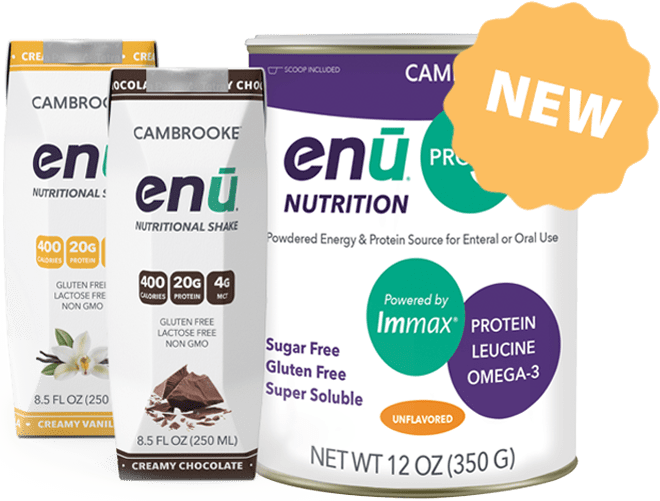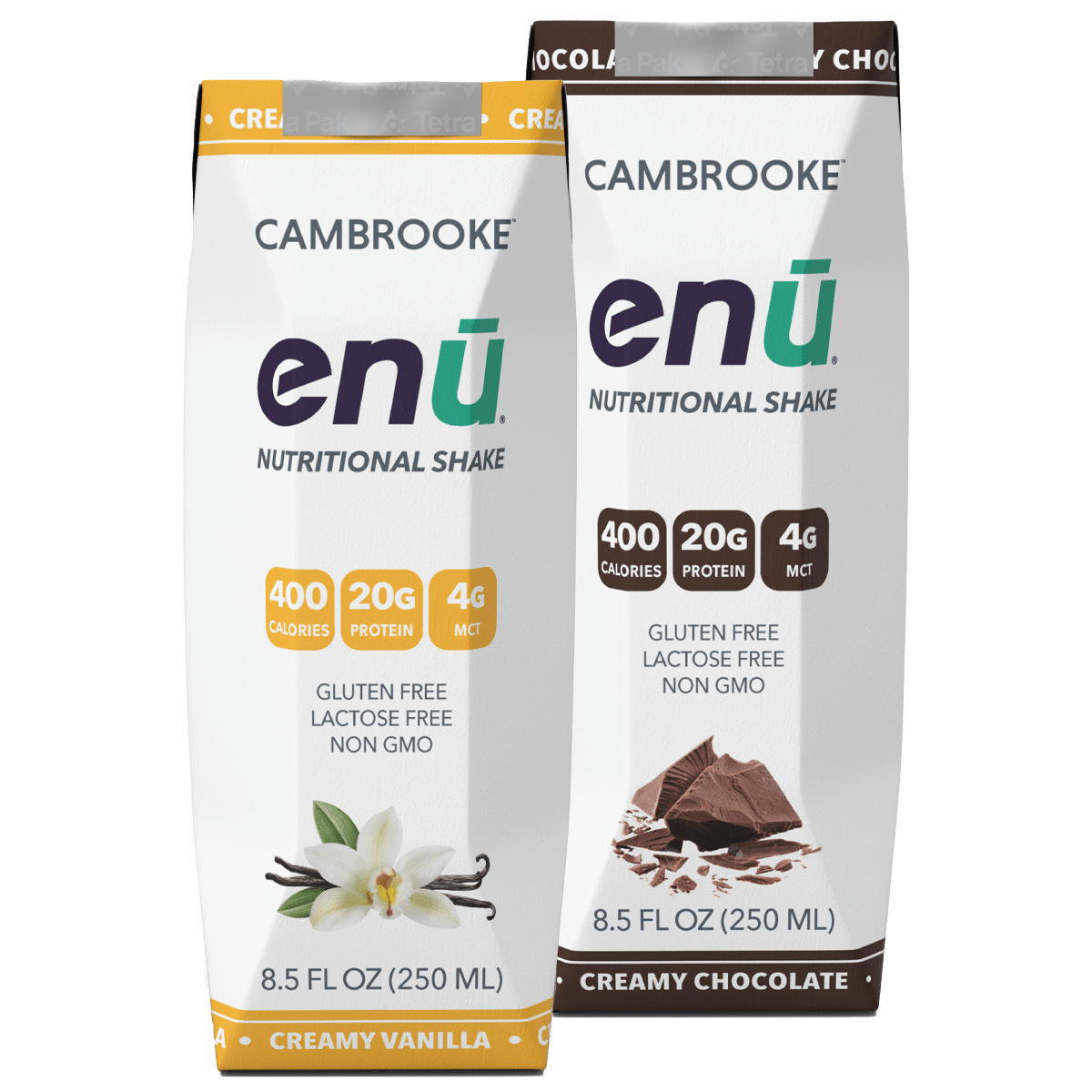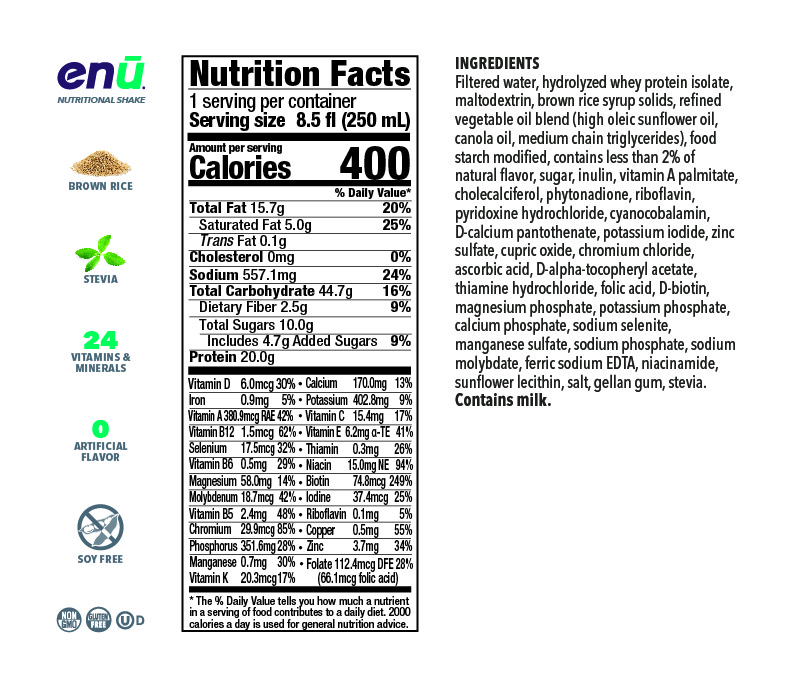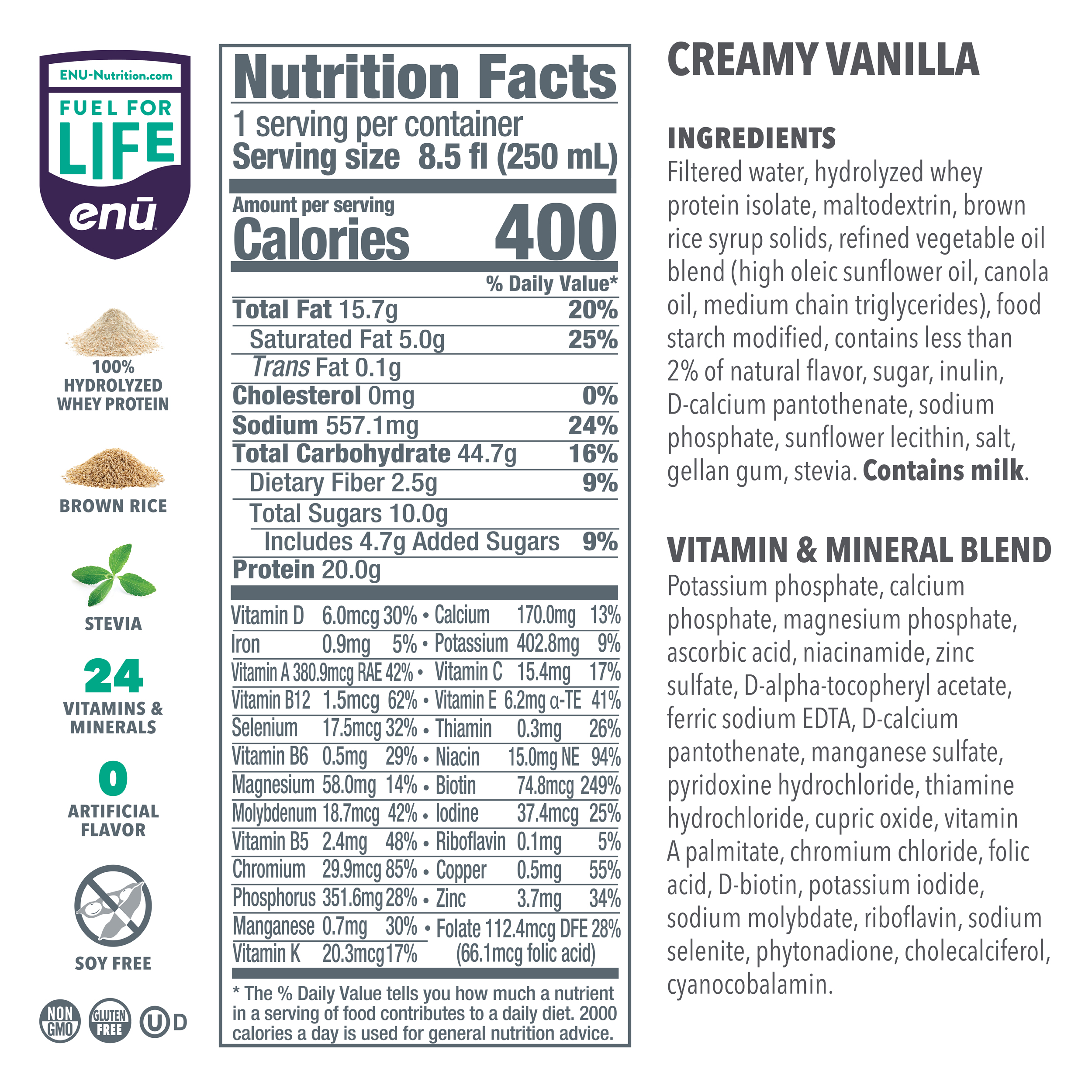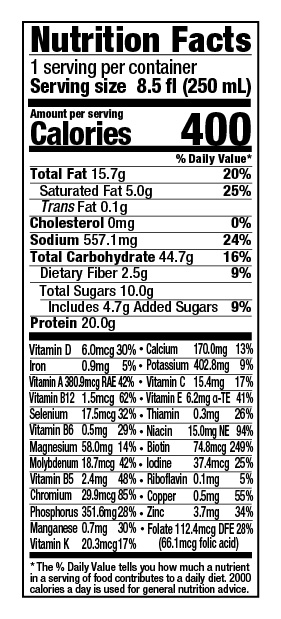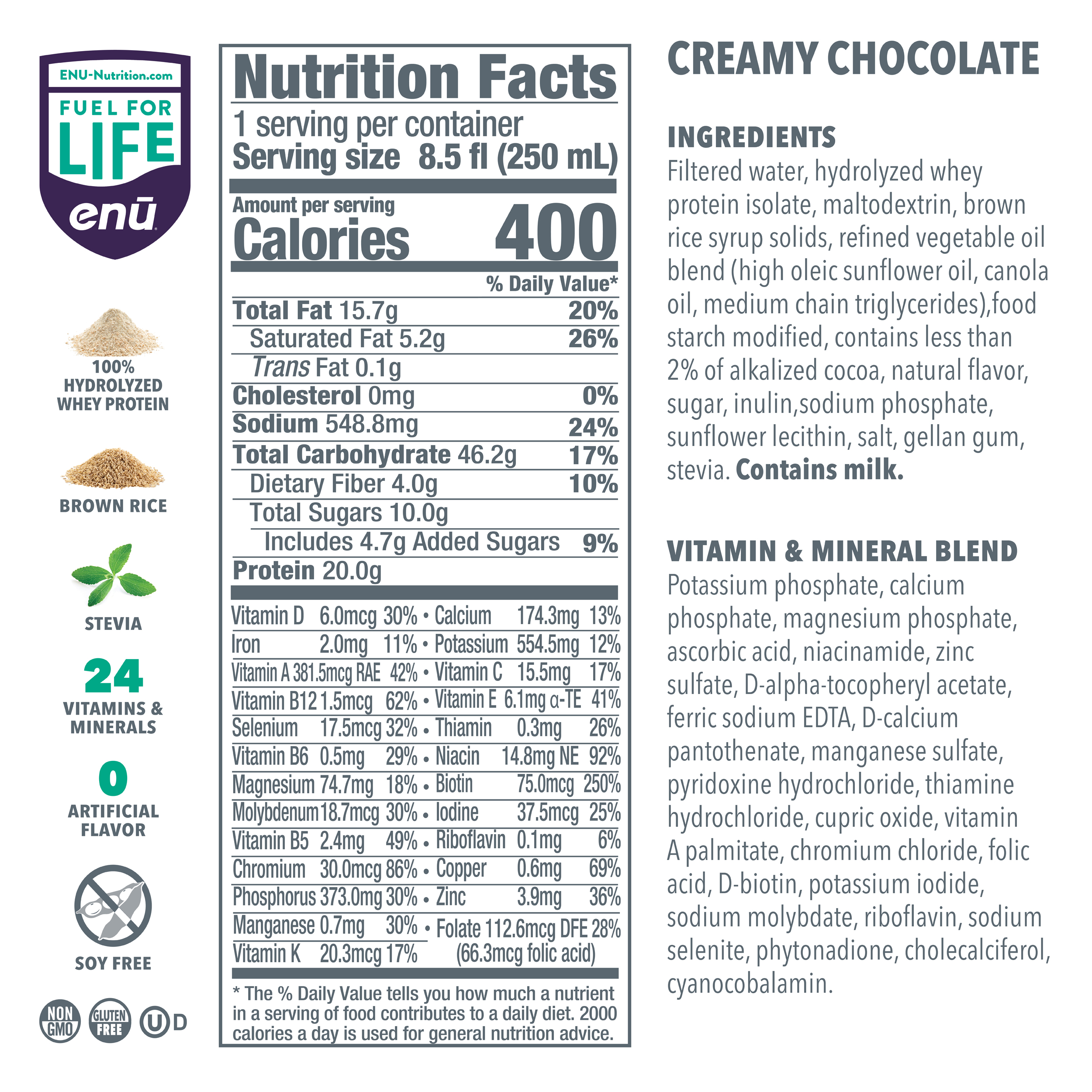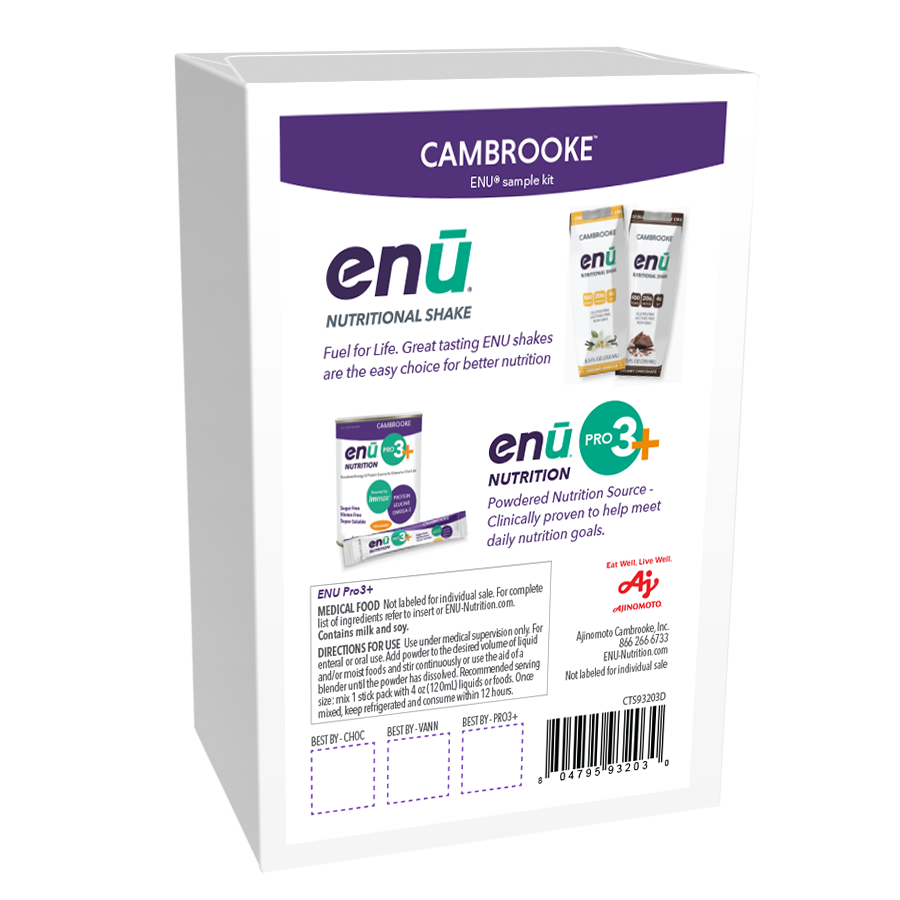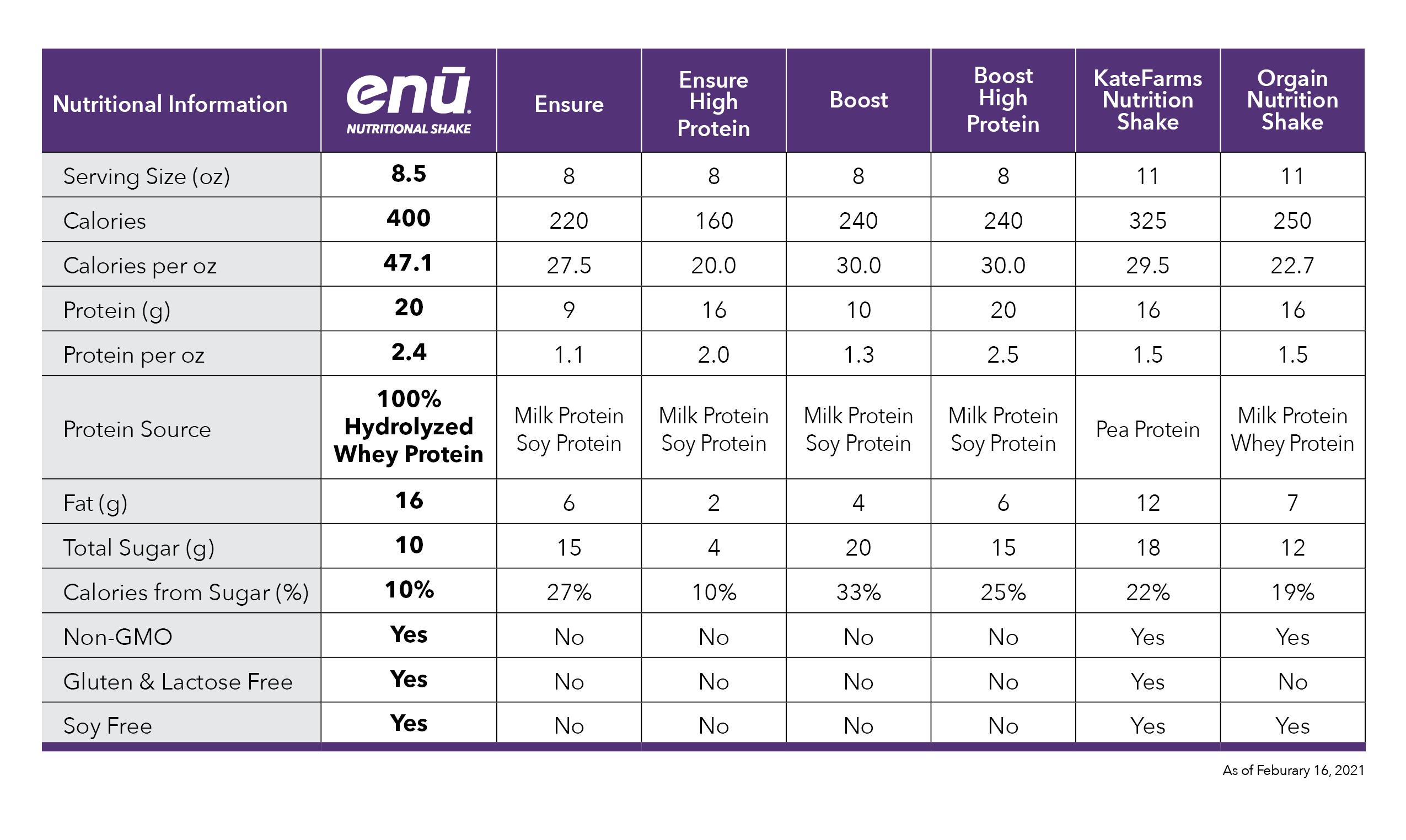
Get a FREE
ENU Intro Pack*
*Just Pay $2.00 Shipping
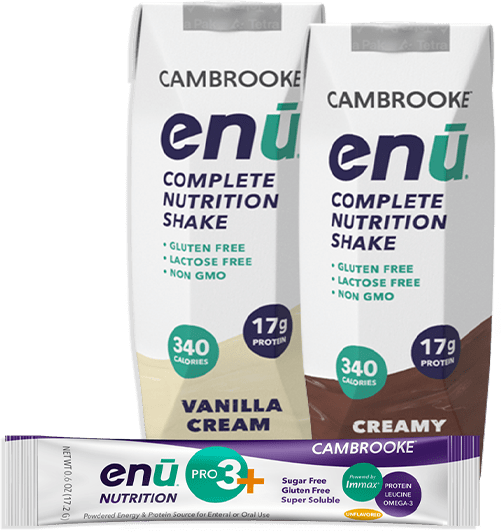
Can You Fight Cachexia with Leucine?
As though life with a serious illness wasn’t tough enough, many patients battling cancer, chronic obstructive pulmonary disease (COPD), cystic fibrosis, and other conditions must also contend with a serious type of tissue wasting called cachexia. Although it may not sound like an immediate issue, cachexia is nonetheless a potentially deadly threat, one that can greatly damage a patient’s prognosis and make full recovery from their illness even more difficult. Because it bears a resemblance to other types of muscle wasting, such as what you might see as you age, there are some who wonder whether leucine – an amino acid linked to muscle growth and repair – might be able to help, as it can with certain other conditions. So, can you fight cachexia with leucine? To find out, keep reading as the experts at ENU – makers of weight management shakes and nutritional powders with leucine – discuss this topic at length.
Can Leucine Help Fight Muscle Tissue Wasting?
There are a lot of reasons why people like to get plenty of leucine in their diet. This amino acid is sought after by everyone from bodybuilders to the elderly, thanks to its potent muscle-building powers (the reason you’ll find leucine in protein shakes for seniors). More and more, however, leucine is considered a possible treatment for certain forms of muscle wasting, such as cachexia or sarcopenia – the loss of muscle mass due to age.
A 2006 study published in the American Journal of Physiology, Endocrinology, and Metabolism found that a mix of essential amino acids with a high proportion of leucine (almost 50%) was able to help or even reverse the slowdown in muscle protein synthesis (MPS) experienced by elderly participants. This has led many experts to believe that leucine could be used to aid muscle development in those who might otherwise see their lean mass waste away.
However, leucine is not an all-powerful substitute for diet and exercise. While this compound can greatly enhance the body’s natural muscle-producing processes, it can’t cause new muscle tissue to appear out of thin air. Generally, leucine is paired with an exercise routine anytime it’s used, since the combination of diet and exercise is far more effective than either element on its own. Unfortunately, someone with cachexia may not be able to engage in much physical activity, either because of the symptoms of their underlying illness or because of the weakness that tends to affect cachexia patients. In the next section, we’ll look at the challenges and possibilities in the use of leucine to fight cachexia.
Can Leucine Help with Cachexia?
Despite leucine’s usefulness in treating many forms of muscle wasting, cachexia is something of a different story. This ailment is typically much more severe than sarcopenia, for one thing; rather than a slow decline in muscle mass, patients tend to experience a rapid loss of body tissue – not just muscle, but fat as well. To merit a diagnosis of cachexia, you must have lost more than 5% of your body mass in less than a year and have a diagnosed illness or condition.
While it’s associated with a number of serious conditions, the exact cause of cachexia is often difficult to pin down, and even when it’s identified, there may be little that a doctor can do to help the issue – especially if the underlying condition can’t be cured. It’s for this reason that cachexia does not have any specific treatment, although there are a few things that healthcare professionals may try to alleviate the symptoms of cachexia, which include severe fatigue, reduced strength, chronic inflammation, loss of appetite, and extreme weight loss.
Because leucine can be useful for not only building new muscle but also protecting what muscle tissue a person already has, it may seem like an obvious choice for the treatment of cachexia. This amino acid can also be consumed in convenient, low-volume products that might be more tolerable to a patient with cachexia, such as ENU nutrition shakes. Our Pro3+ powder can also add leucine and calories to beverages or moist foods without increasing the volume.
However, as with other types of dietary adjustments, it’s unclear whether the addition of leucine would help with the situation. In fact, while nutritional supplements are one option that’s sometimes used to try and limit the severity of cachexia, there’s no solid evidence supporting the idea that certain nutrients can help with the condition. As alternatives, healthcare providers sometimes use medications that improve appetite or mood, light exercise routines, or drugs that fight inflammation, but the truth is that there’s often little that anyone can do to fight cachexia, aside from treating whatever illness has caused it to appear.
Try an ENU Nutrition Shake or Powder to Help Muscle Growth and Repair
Although there may be little that can be done to fight cachexia with leucine, there are still plenty of other situations in which it and other amino acids can help people reach their health and fitness goals. Fitness enthusiasts will appreciate its ability to improve the results of exercise, not only by boosting muscle production but also as an energy source during workouts and a fatigue-fighting supplement for improved concentration as you exercise. It can also be helpful with more mild forms of muscle atrophy, such as the aforementioned sarcopenia and the kind of wasting you get from extended inactivity. Learn more about all the benefits of ENU meal replacement shakes and powders by visiting us online or calling (855) 266-6733 today.
